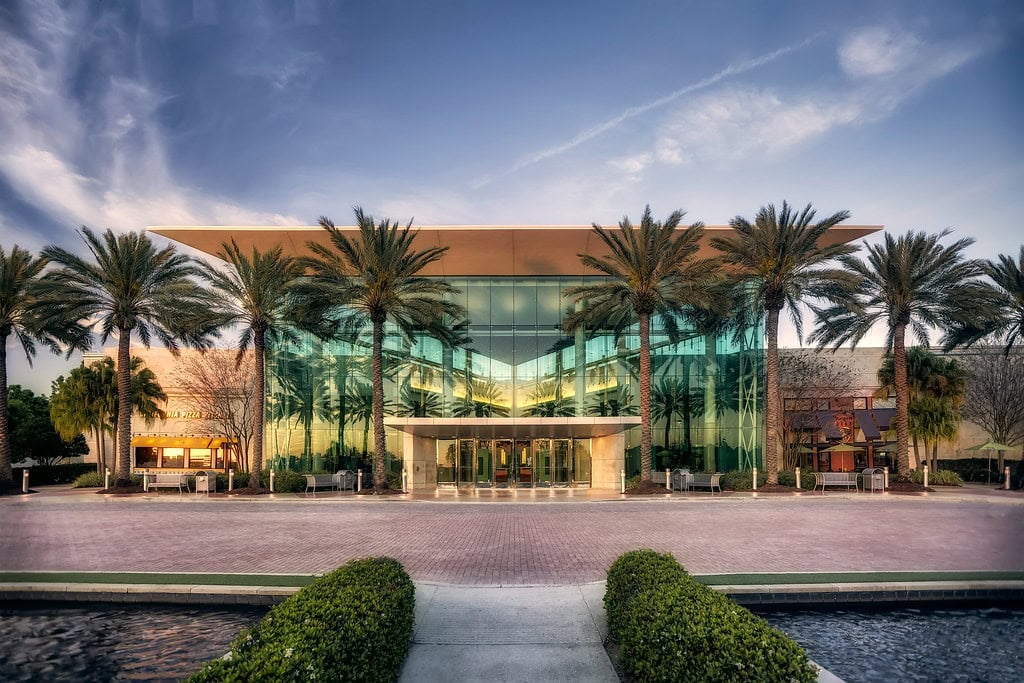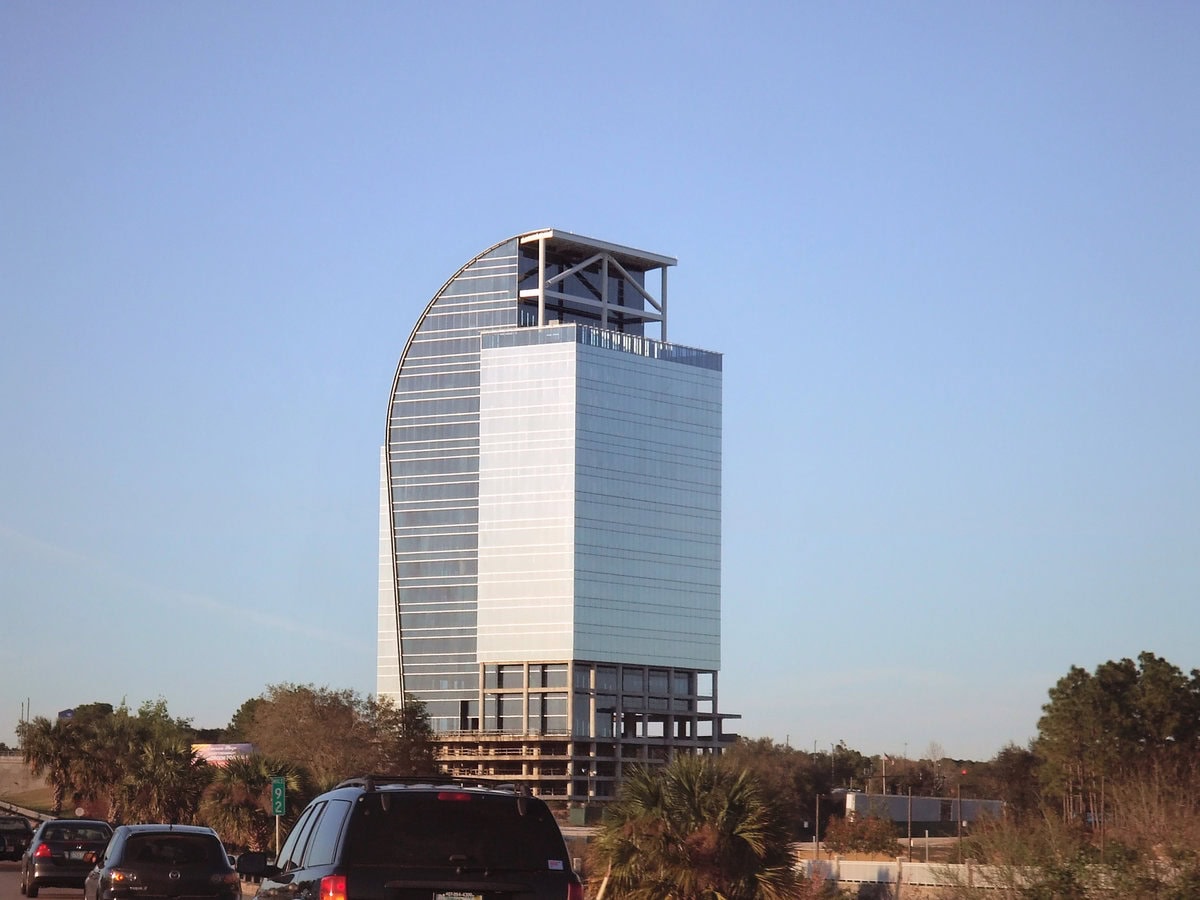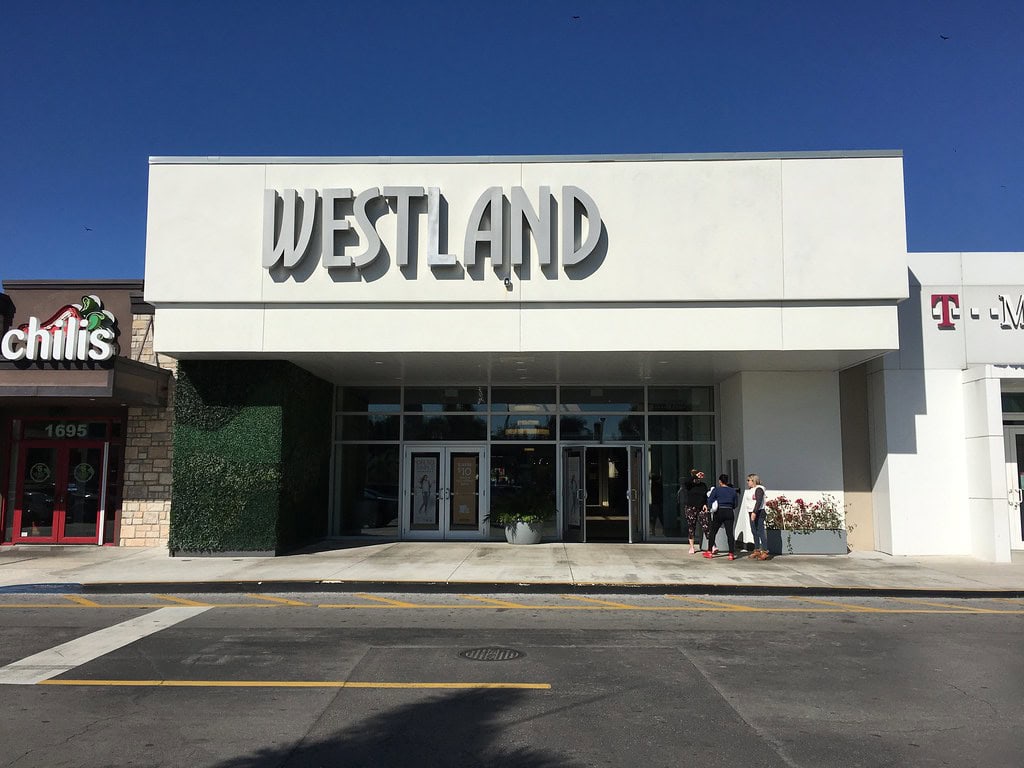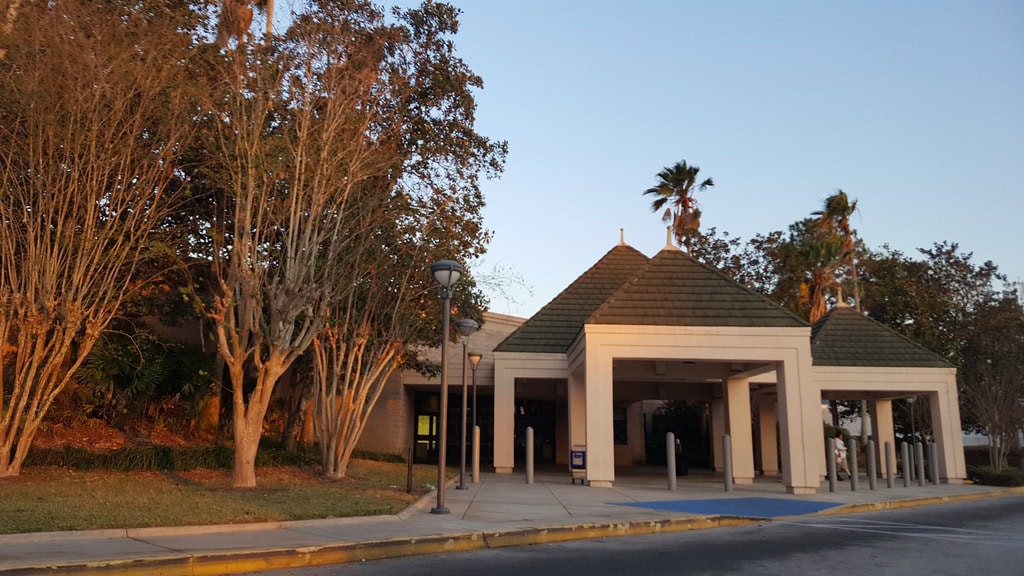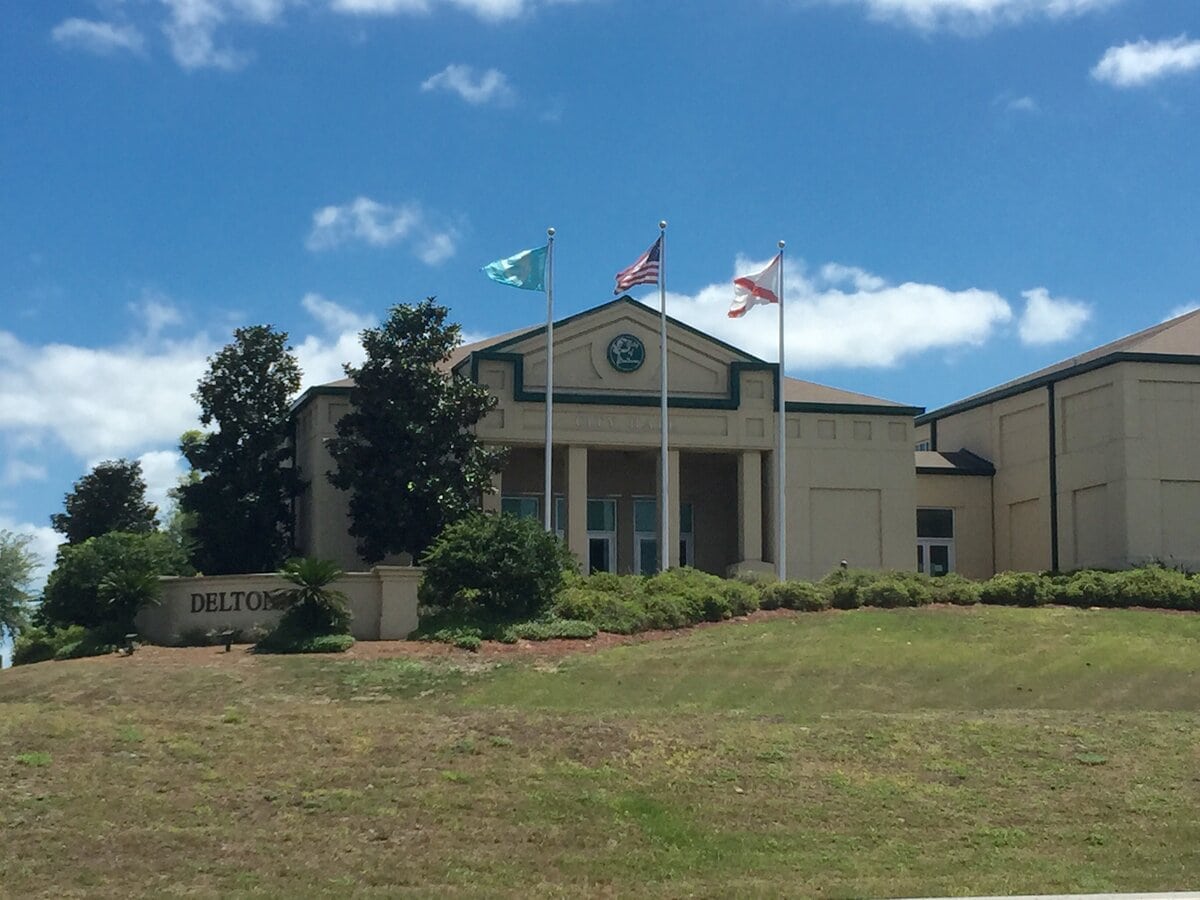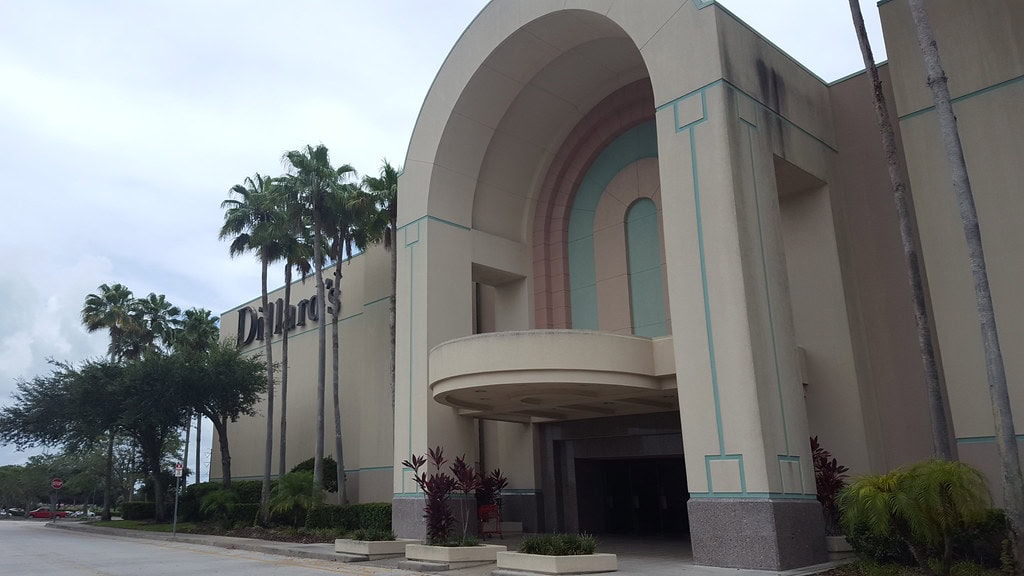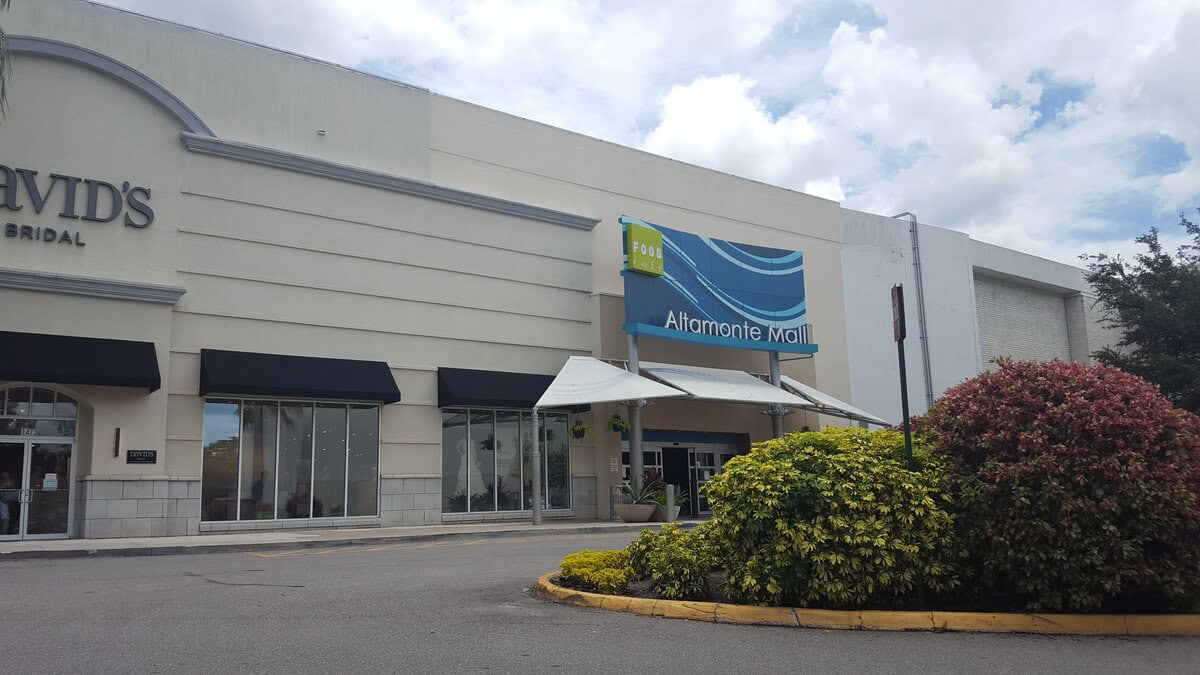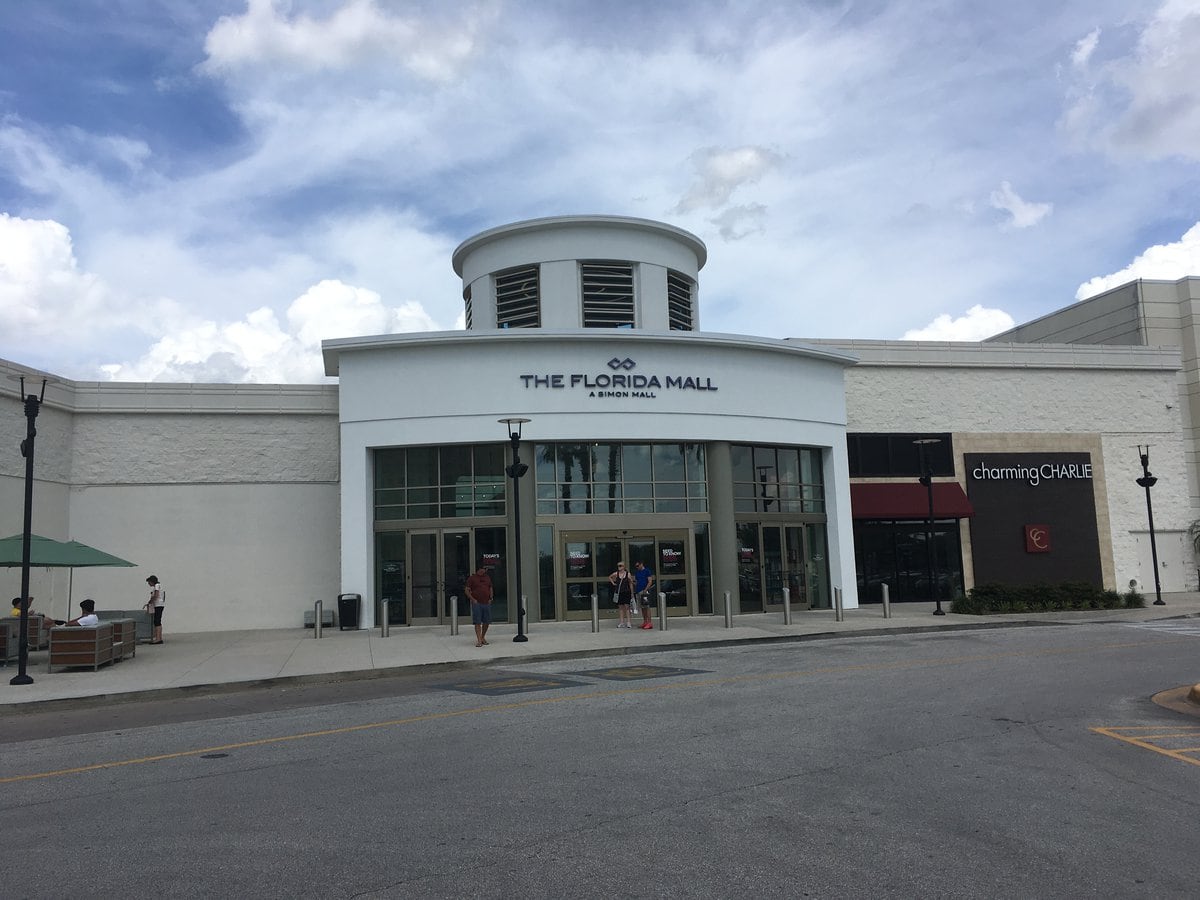Deltona's past and present hold details that don't always make it into everyday talk. Some are hidden in plain sight, like a street name that's been quietly spelling the developers' surname backward for decades.
Others trace to the city's late start as an incorporated municipality, or to decisions that left it with only two lakes open for boating.
There are stories about a park designed from the ground up for access, a trail designation that puts the city on a statewide map, and a long-delayed plan for a real downtown.
Even if you've lived here for years, parts of Deltona's story may still surprise you.
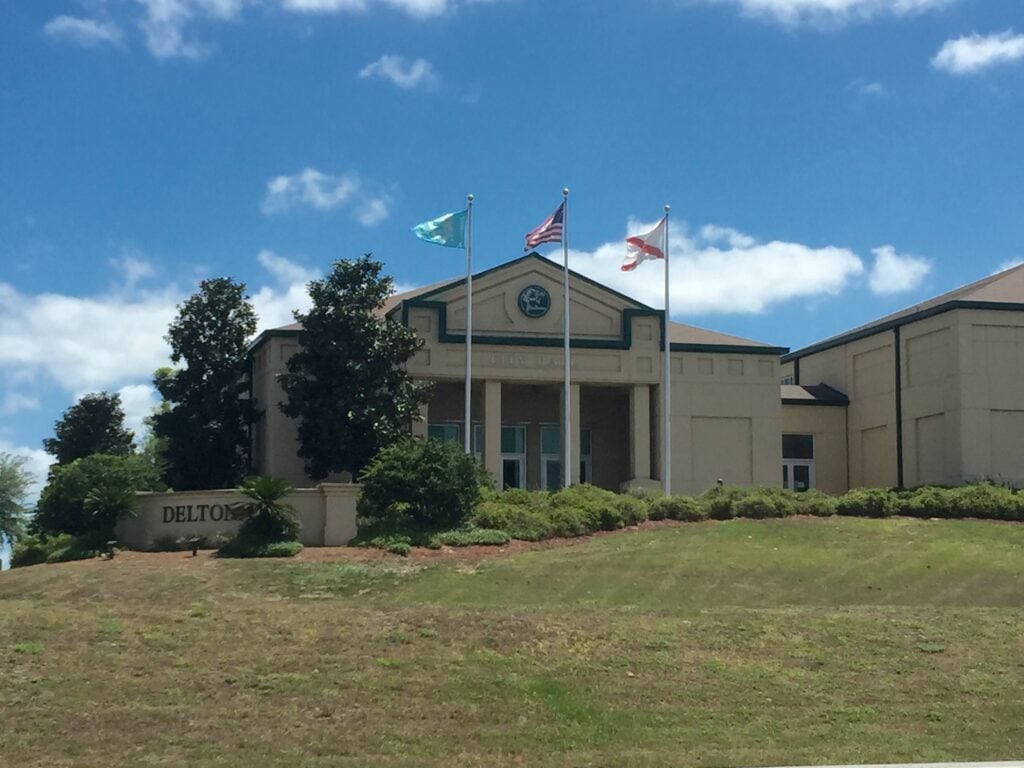
A name born from its place on the map
Deltona's name came from compressing "Deland" and "Daytona".
The name was coined when the planned community, originally called Deltona Lakes, was launched in 1962.
It reflects geography rather than a person or event.
The Mackle Brothers, who developed the area, chose a name that would position the community clearly in locals' minds, halfway between Orlando and Daytona Beach, near DeLand.
This naming remains part of the city's identity today.
A planned community opened amid global tension
Deltona Lakes officially opened on November 18, 1962, just after the Cuban Missile Crisis was unfolding.
The Mackle Brothers forged ahead with advertising and the first model homes, despite national anxiety.
Military vehicles had started appearing across South Florida, and the developers even built a fallout shelter on their Lake Placid farm.
Sales nonetheless surged, setting a record for any Mackle development at that time.
Locals still recall the irony of a new neighborhood debuting during one of the Cold War's tensest moments.
A road name that hides its builders' surname
Elkcam Boulevard is a signature road name left by the Mackle family across the Florida projects they built.
In Deltona, the name appears on a major east‑west corridor that threads through several neighborhoods and links to Fort Smith and Howland boulevards.
The developers used Elkcam as a kind of calling card; it is their surname spelled backward.
Company histories from the Mackle family point out that many of their planned areas received an Elkcam Boulevard, and Deltona's transportation plans list the roadway in several improvement phases.
Incorporated only decades after the first subdivision
Although Deltona Lakes began development in 1962, the area did not become the City of Deltona until December 31, 1995.
Between those dates, residents made attempts to incorporate in 1987 and again in 1990, but those efforts failed.
Once the city charter was passed in 1995, Deltona became a municipality with its own elected seven‑member commission.
The city changed its name from Deltona Lakes to Deltona as part of its incorporation.
This makes it a relatively young city by official status, even though the residential community had existed for more than thirty years before gaining municipal status.
A top population rank in its region
At the 2020 census, Deltona's population was 93,692, making it the most populous city in Volusia County.
It also ranks as the second‑largest city in the Greater Orlando area, behind Orlando itself.
The city's growth reflects its roots as an affordable, master‑planned residential community.
Over 17,000 acres were transformed into suburbs and commuter housing within a few decades of their initial development.
Today, Deltona remains largely residential, with most of its residents commuting to work in nearby metropolitan hubs.
A state "Trail Town" with a designated trailhead
Deltona earned recognition as a Florida Trail Town in 2019 from the Florida Department of Environmental Protection's Office of Greenways and Trails.
The designation names a town where services and trail access work well for walkers and cyclists.
In the same period, the Lakeshore Trailhead in Deltona received a state trailhead designation.
These decisions tie into long-distance routes that meet in and around the city, such as the Spring-to-Spring Trail, the East Central Regional Rail Trail, the St. Johns River-to-Sea Loop, and the Coast-to-Coast connection.
The Trail Town status also placed Deltona among a limited set of Florida cities that market travel by trail as part of daily life.
A city that grew without a downtown now plans one
Deltona grew for decades without a traditional downtown.
In July 2024, the mayor discussed two possible sites for a central core, near Howland Boulevard and near Deltona Boulevard.
Local TV coverage followed the public talk, noting a target to craft a plan in the next two years.
In July 2025, a West Volusia Beacon report described a mini‑downtown planned for the north side after years of requests from residents and city leaders.
The reporting described a push to add a walkable cluster of shops, services, and public space to a city built mainly as a residential subdivision.
The city bought its water and sewer system in 2003
Deltona did not start with a city‑run water and sewer system.
On November 7, 2003, the city purchased the local water and wastewater network from Florida Water Services after two years of negotiations.
The transfer also brought 32 former utility employees onto the city payroll and placed the pipes, plants, and storage tanks under local control.
City history pages describe the takeover as a long‑term goal tied to service reliability and rate stability.
After the deal, the utility began trading as Deltona Water, with the City Commission pledging to hold rates steady for at least five years while upgrades moved forward citywide.
Only two city lakes are listed for boating access
Despite the "Lakes" in the original subdivision name, only two city lakes are listed by Parks and Recreation for boating access.
A city FAQ states that residents can take boats on Lake Monroe and Lake Gleason.
Lake Monroe forms Deltona's southern edge along the St. Johns River, and Lake Gleason sits near Deltona Boulevard.
The city's lake list includes many more water bodies.
Still, they are primarily listed for views, fishing spots, or neighborhood retention rather than launch sites.
A riverfront park built around an "Inspiration Playground"
Thornby Park opened to the public on February 12, 2011, after years of local effort to keep the riverfront land in public hands.
The park sits in southwest Deltona near Lake Monroe.
It spans about 38 acres, with an oak canopy, a short loop trail, and a large all‑inclusive play area branded as the "Inspiration Playground."
City and county staff use the site for school trips and outdoor events, and trail users reach it from Lakeshore Drive.
The park's design centers on access for children of many abilities, using ramps, wide play decks, and poured‑in‑place surfacing.

